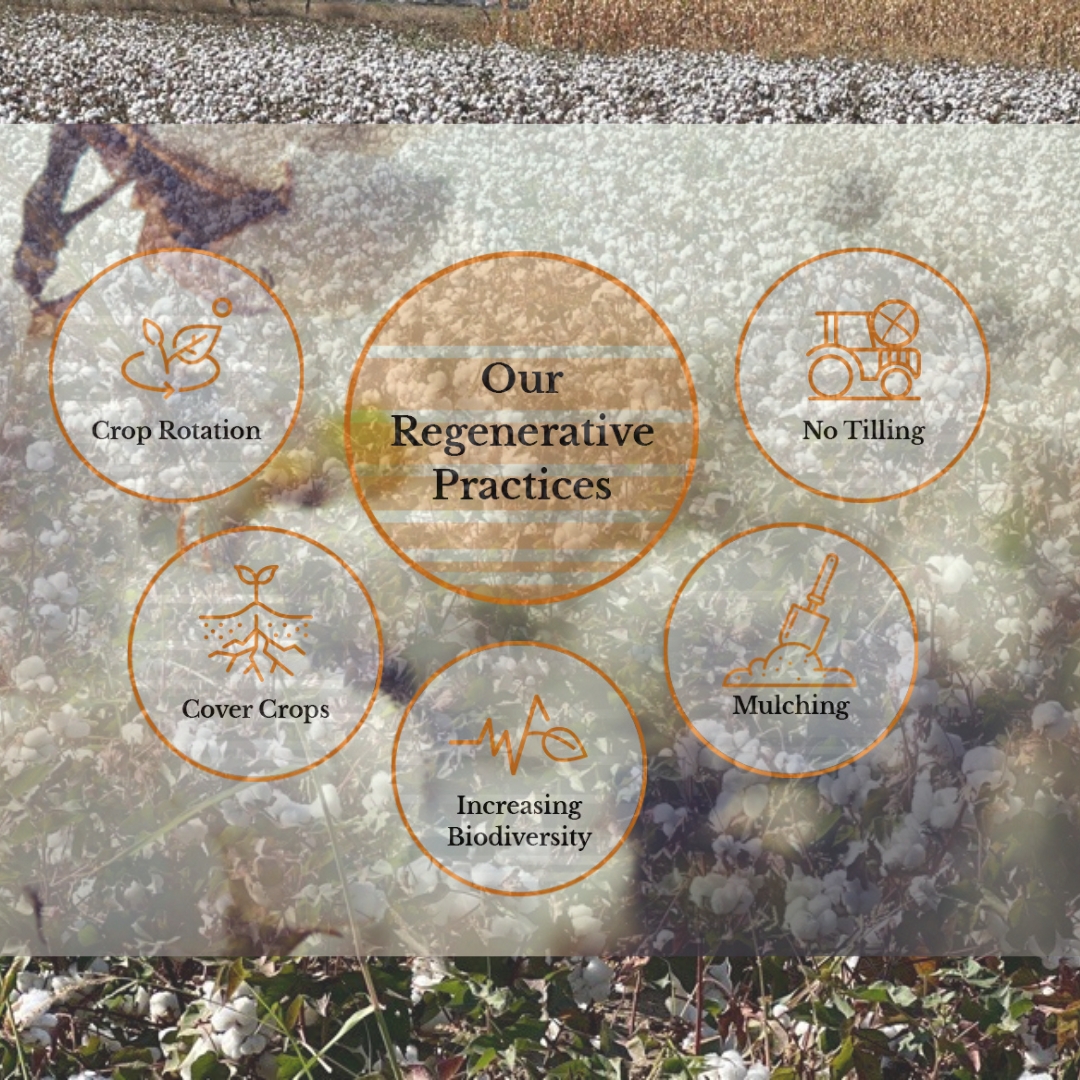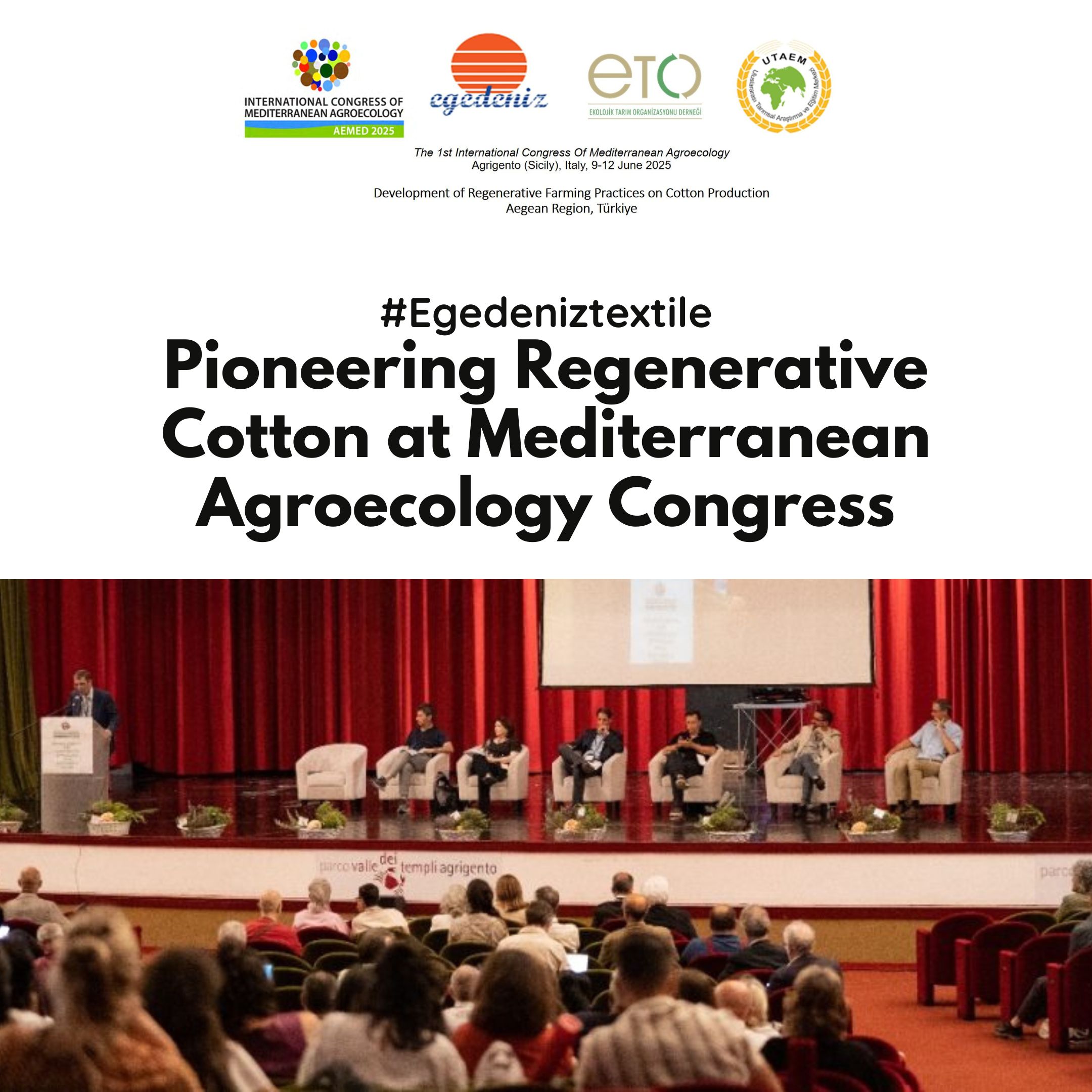Regenerative agriculture is a farming and land management practice that aims to rebuild soil health, promote biodiversity, and enhance ecosystem services. It involves using holistic, ecological, and regenerative methods to grow crops and raise animals, focusing on improving the natural processes that occur in healthy ecosystems.
Regenerative agriculture is based on the principles of agroecology, which includes practices such as crop rotation, cover cropping, composting, reduced tillage, intercropping, and the integration of livestock into farming systems. These practices work together to enhance soil fertility, increase biodiversity, reduce erosion, and promote carbon sequestration.
The goal of regenerative agriculture is to create a sustainable and resilient food system that is better for the environment, farmers, and communities. It is also intended to be a solution to climate change, as it can help to reduce greenhouse gas emissions and sequester carbon in the soil.
Regeneration is indeed a holistic approach toward sustainability and future life. The concept of regeneration involves restoring and renewing the natural resources and ecosystems on our planet, rather than simply conserving them. It is a process of creating a regenerative system that is self-sustaining and resilient.
Regeneration involves looking at the world through a new lens, one that sees interconnectedness and interdependence. It recognizes that everything is connected and that every action we take has an impact on the world around us. Therefore, it is essential to consider the long-term impact of our actions and focus on regenerative solutions that promote sustainability and the well-being of all living things.
The one type of farming that does the best and drowns down the most carbon is based on the concept of REGENERATION

Regenerative approach towards sustainability means looking beyond just reducing our negative impact on the environment. It means actively working to restore and regenerate ecosystems, promoting biodiversity, and building a thriving, sustainable future for all.
Regenerative practices can be applied in many areas, including agriculture, forestry, energy, and urban design. These practices include things like regenerative farming, renewable energy, and sustainable building design. By adopting a regenerative approach, we can work towards creating a world that is more sustainable, resilient, and equitable for everyone.
While sustainable practices are a step in the right direction, we need to do more to regenerate the health of our soil and ecosystems. The textile industry has a significant impact on the environment and by being in a sustainable textile industry we have started our own regenerative agriculture practices in cotton production with the cooperation of the Ministry of Agriculture & Forestry of Türkiye.



